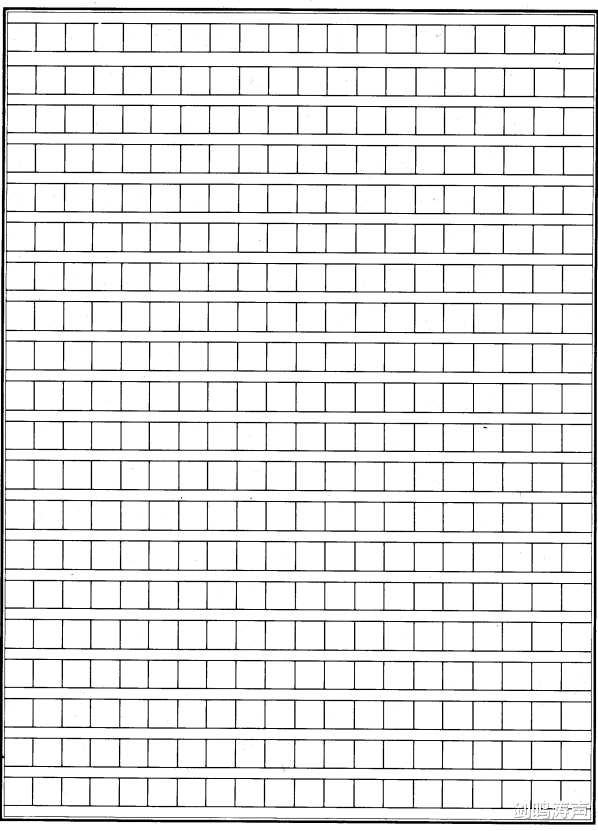in 和 on 都是英语中的介词,它们有一些相同的用法,但也有一些不同之处。下面我将详细介绍它们的用法区别,并通过多个实例进行说明。
一、in 的用法:
1. 表示位置或地点:
a) In the kitchen(在厨房)
b) In the park(在公园)
c) In the building(在建筑物内)
2. 表示时间范围或日期:
a) In the morning(在早上)
b) In July(在七月)
c) In the 21st century(在21世纪)
3. 表示状态或条件:
a) In trouble(陷入困境)
b) In good health(身体健康)
c) In a hurry(匆忙)
4. 表示属于某个群体、组织或国家:
a) Live in Canada(住在加拿大)
b) Work in a company(在一家公司工作)
c) Study in a school(在学校学习)
二、on 的用法:
1. 表示位置或接触的表面:
a) On the table(在桌子上)
b) On the wall(在墙上)
c) On the floor(在地板上)
2. 表示具体日期或具体时间:
a) On Monday(星期一)
b) On June 5th(六月五日)
c) On Christmas Day(圣诞节)
3. 表示以某种方式或方法:
a) On foot(步行)
b) On the phone(打电话)
c) On the computer(用电脑)
4. 表示在某个交通工具上:
a) On the bus(在公交车上)
b) On the plane(在飞机上)
c) On the train(在火车上)
实例:
1. 他们在房间里开会。 (They have a meeting in the room.)
这里使用了"in",表示会议发生的位置。
2. 我们将在星期五举行聚会。 (We will have a party on Friday.)
这里使用了"on",表示活动发生的具体日期。
3. 她总是在电话上和朋友聊天。 (She always talks to her friends on the phone.)
这里使用了"on",表示她使用的通信工具。
4. 孩子们正在学校上课。 (The children are studying in the school.)
这里使用了"in",表示学习发生的地点。
5. 我每天早晨都喝咖啡。 (I have coffee in the morning.)
这里使用了"in",表示时间范围。
6. 他在墙上挂了一幅画。 (He hung a painting on the wall.)
这里使用了"on",表示画挂在的表面。
总结:
总体而言,"in" 用于表示位置、时间范围和状态,而 "on" 用于表示接触的表面、具体日期和特定方式。但是需要注意的是,"in" 和 "on" 的使用有时也取决于习惯或短语的固定搭配。因此,在学习中需要多积累实例并借助上下文来理解并正确使用它们。








